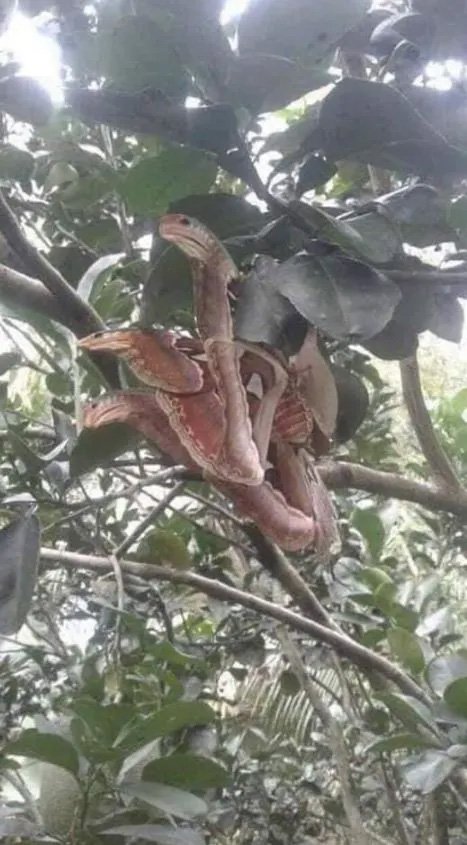Jumping Spiders: The Care & Keeping of 8-legged Cats
Thinking of adopting a pet jumping spider? You totally should! Jumping spiders make great pets, but like any animal, require proper care and attention.
If you’ve made it here, you’re probably well on your way to adding a pet jumping spider to your family. That’s awesome news! Jumping spiders make great pets, especially for beginner spider hobbyists. But what supplies do you need? And where do you get a jumping spider anyway? Keep reading to learn the basics of jumping spider care and considerations and check out our curated list of recommended reading, resources, and FAQ.
*Special note* I am not a jumping spider expert. I’m learning new things everyday! I’ve included some basics here to get you started, but I HIGHLY encourage you to read as much as you can and consult with multiple resources before you jump into (see what I did there?) caring for a pet jumping spider.
Getting Started with Jumping Spiders

There are over 6,000 described species of jumping spiders in the world. But which species should you consider for a pet? Among the most popular species are Phidippus regius (regal jumping spider) and Phidippus audax (bold jumping spider). Both species grow as large as 18mm (about 3/4 inch) and are considered easy to care for.
Whatever species you choose, I suggest finding a reputable breeder who can walk you through the basics of care for the species you choose and answer any questions that might arise. Consider joining a Facebook group to network with breeders!
Preparing Your Jumping Spider’s New Home
Enclosures
Jumping spiders are arboreal, usually living in trees or other vegetation in the wild. They love climbing and will most often prefer to construct their hammocks at the top of their enclosure. For this reason, you’ll want to find an enclosure that you can open and close without interfering with your spider’s hammock.
I love these tri-vent condos from BigFATPhids (these are great for sub-adults or adults, but slings should be started in smaller enclosures which BigFatPhids also offers). These condos have deep lids that will ensure hammocks remain intact when opening/closing for feedings or interaction.

They also offer three-way ventilation, which is important for the health of your new friend. Proper ventilation will ensure your spider’s home doesn’t build up moisture (which could lead to bacterial growth or mold) while allowing airflow which will keep your spider happy.
Keep in mind, jumping spiders are fairly small. Even the larger species (like Phidippus regius and Phidippus audax) will only grow as large as about 18mm in length (about 3/4 inch). Jumping spiders don’t need a ton of space to thrive.

Your enclosure should have a few elements that your spider can climb. Fake flowers, small aquarium props, or even fairy garden items can make great decor for your spider. Whatever you choose, be sure it’s washed and does not contain harmful chemicals that could be dangerous for your new pet.
I prefer to use strong neodymium magnets to secure items to my enclosure (hot glues and super glues have failed me). If using magnets and keeping multiple enclosures side-by-side, ensure adequate space to avoid magnets pulling enclosures together – it will be hard to separate the magnets and doing so could end up making decor fall from the enclosure wall which could damage the spider’s webbing/hammock (speaking from experience).
If using glues, allow them to completely dry before introducing your spider to the habitat. Tacky glue can cause your spider to get stuck and lose a limb and improperly cured glue can continue to off-gas and produce harmful chemicals that can endanger your spider.
In addition to decor, I like to use a coconut fiber bedding in the bottom of my enclosures which helps retain moisture and ensure a soft landing should anyone take a tumble. I change my coconut fiber out regularly to avoid bacterial growth or mold.
Environment
Light: Jumping spiders enjoy daily access to light. It’s best to place your enclosures near ambient sunlight. Avoid placing in direct sunlight, which can cause enclosures to overheat and can be deadly. I keep my spiders in my home office where they enjoy daily ambient sunlight. I also turn on two LED desk lamps during the day which I have placed near the enclosures.
Temperature: Most species of jumping spiders do well in temperatures between 70-85 degrees Fahrenheit. Check with your breeder about recommended temperatures for the species you’re adopting.
Humidity: Check with your breeder about humidity levels for the species you’re adopting.

Molting
Spiders, like insects, have exoskeletons which are hardened exteriors that do not grow or expand in the same way flesh does. To grow, spiders must shed their exoskeleton. After molting, the spider’s new exoskeleton will harden. During the molting process, your spider will most likely tuck themselves away into a thick, opaque molt sac, where they will stay for up to two weeks in pre-molt. During this time, your spider will likely not eat (though you can offer soft foods like wax worms), but you should continue misting the enclosure daily. Avoid disturbing your spider when in molt as this is a very sensitive time for them. Allow a few days post-molt before handling your spider as they need time for their new exoskeleton to harden.



Feeding Your Jumping Spider
Food
Jumping spiders can eat a variety of prey items. Size matters. Slings generally eat flightless fruit flies (different species depending on their size) and older juveniles/sub-adults and mature adults can take larger prey items like wax worms, mealworms, crickets, and flies. Be careful when feeding crickets, as these insects have strong mandibles and can harm your spider. When offering crickets, I keep a close eye on my spiders and if they do not take the prey, I remove it from the enclosure.
I try to keep 2-3 types of prey on hand at any given time. Jumping spiders like variety and some are picky. Be sure you have feeders before your new pet arrives home! Shipping can be unpredictable and not everyone has easy access to feeders locally.


I recommend reading this BigFATPhid’s resource on what to feed your pet jumping spider based on age and size and this BigFATPhid’s resource on how to feed your jumping spider. They’ve done an excellent job outlining expectations for how often to feed slings and adults and suggestions on what to do if your spider stops eating (which can be normal, under certain circumstances.)
Water

Spiders need access to water. Mist one side of your spider’s enclosure once per day with a fine mist spray bottle. If your humidity levels are right, the water droplets should evaporate in an hour or two. And don’t overdo it – spiders breathe using book lungs, the openings of which are located on the underside of their abdomen. Too much water can cause your spider to drown. Some owners leave moist paper towels in their enclosures and change them regularly. Avoid sponges as they can harbor bacteria.
Other Helpful Equipment
Jumping spiders don’t require a lot of special equipment, but there are some things you’ll want to consider having on hand:
- Fine spray mister
- Feeder bottles for pupating spikes into flies
- Feeding tongs (trust me on this one – long tongs make feeding a breeze!)
- Hygrometer (to measure humidity and temperature)
- Small calendar to record feeding days






